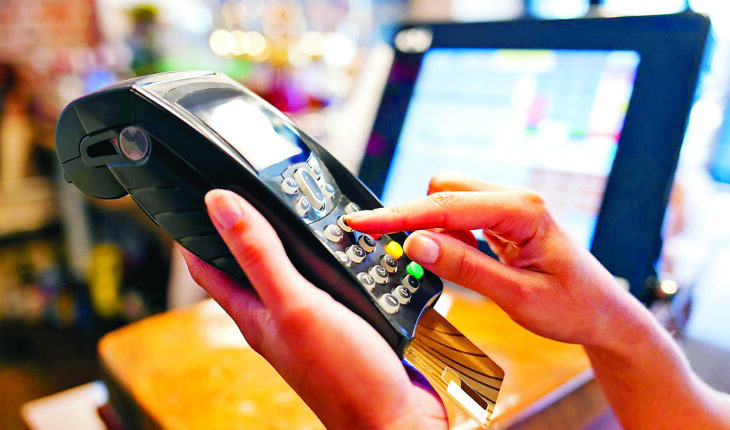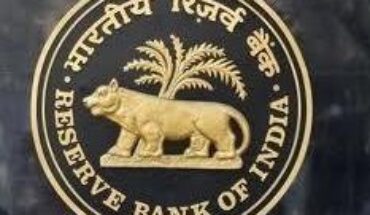Mumbai: The revenue or fee income of digital payments industry, involving standalone players and banks, is on course to almost touch the Rs 3 lakh crore-mark by FY25, a report by PricewaterhouseCoopers (PwC) said on Wednesday.
The digital payments industry is set to make a revenue pool of Rs 2,93,700 crore by FY25 from Rs 1,98,200 crore in FY20, growing at an average compound annual growth rate (CAGR) of 23 per cent, if the transaction volume of the past few years is any indication, the report said.
Revenue pool is the commission that banks and other standalone digital payments applications/operators pocket for processing the transactions.
The NPCI-developed Unified Payment Interface (UPI) will lead the growth drive, the report said, adding that since its launch in 2016, UPI has seen an exponential CAGR of 414 per cent until FY20 and has become the most preferred payment product in terms of volume.
It recorded the highest ever transactions in September and volumes are already back to pre-lockdown levels.
There has been a similar recovery in NETC (National Electronic Toll Collection system of NPCI) transactions as well, it said.
Person-to-merchant (P2M) payments, which account for around 40 per cent of the UPI transactions, have become the preferred mode for both online as well as offline merchants, the report said, adding it expects UPI transaction volume to grow by seven times by 2025.
Apart from UPI, the Bharat Bill Payment System (BBPS) and NETC are growing at a CAGR of 500 per cent and 123 per cent, respectively, since 2018, with the help of the push by the government and the regulator.
The agency expects the current growth level to continue as the economy continues to recover from the pandemic and consumer behaviour shifts towards cashless payments.
Mobile and wearable devices will emerge as the preferred modes for making contactless payments and promoting card tokenisation and QR-based solutions, it said.
Besides, the industry will push for city-like adoption of digital payments in villages as well by developing products.
The regulatory sandbox for retail payments will be another enabler for promoting contactless payments, it said.
Another report by fintech firm Razorpay has pointed out that online transactions grew 80 per cent in 2020 over the previous years, driven by strong adoption of digital transactions in tier II and III cities.
The report pointed that UPI transactions outgrew cards, netbanking and wallets with 120 per cent growth in 2020 and became the most preferred mode of payment, especially for tier II and III cities.
Razorpay – which facilitates digital transactions – said it witnessed a decline of 30 per cent in digital payments initially during the lockdown, but after the first 70 days of the national lockdown, digital payments rebounded by 23 per cent.
“In comparison with 2019, online transactions grew by 80 per cent in 2020, suggesting a magnificent adoption of digital payments by consumers and businesses, alike. A major contribution to the growth of digital payments in 2020 came from the last six months when businesses across a few sectors slowly started to show signs of recovery,” it added.AGENCIES
Digital payments industry’s fee income to hit `3 lakh cr by FY25
|
January 19, 2021 |






